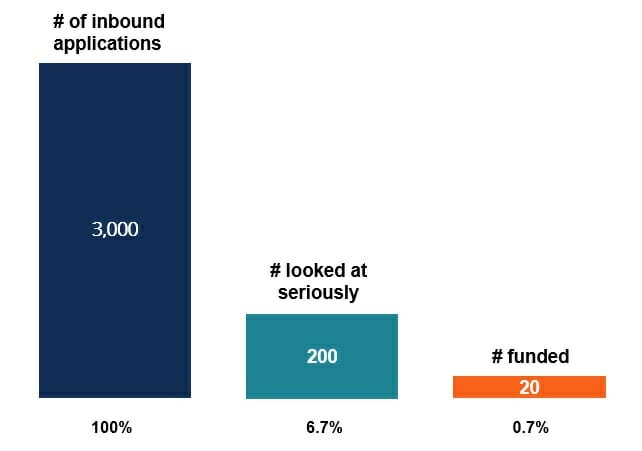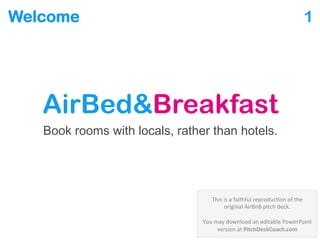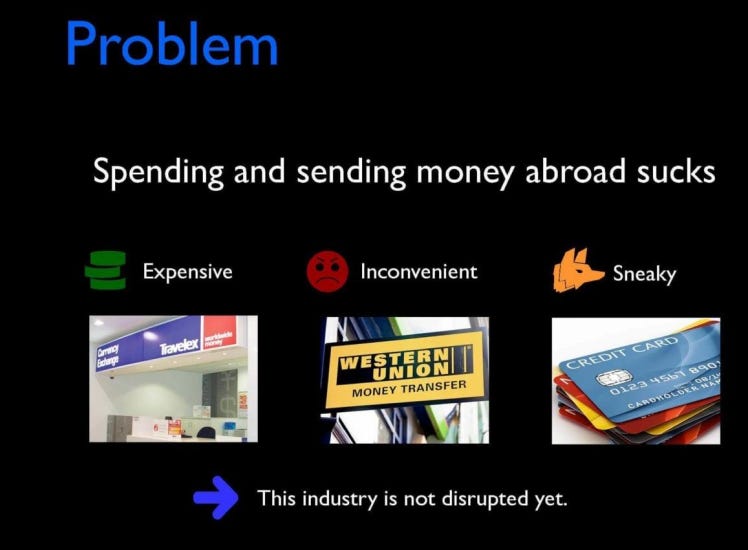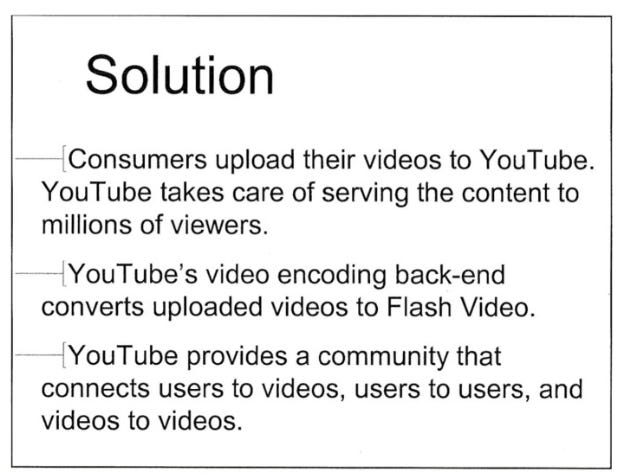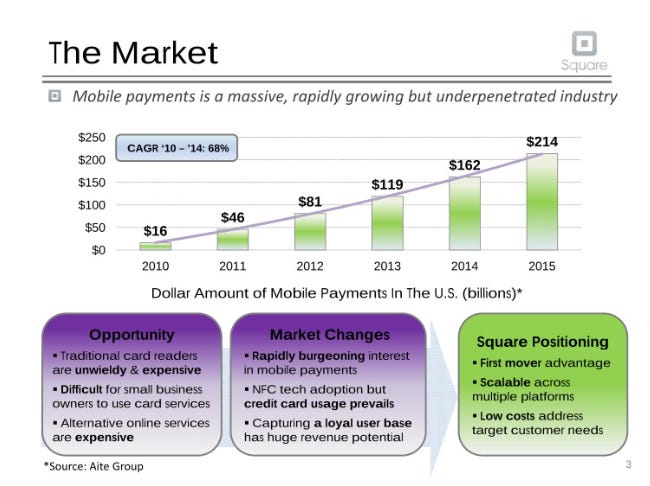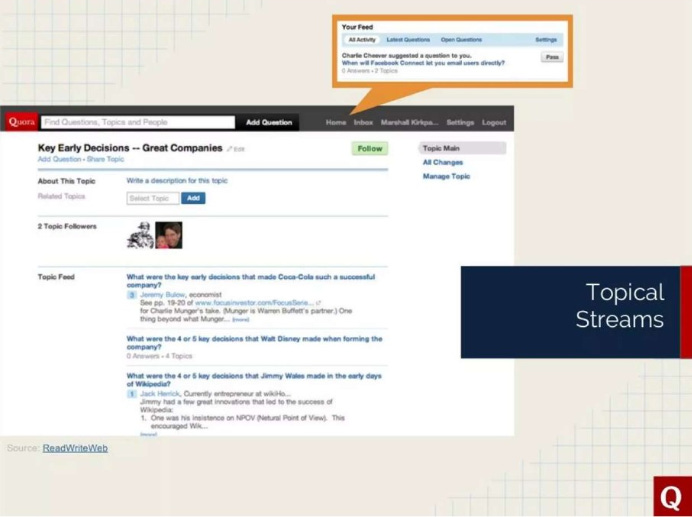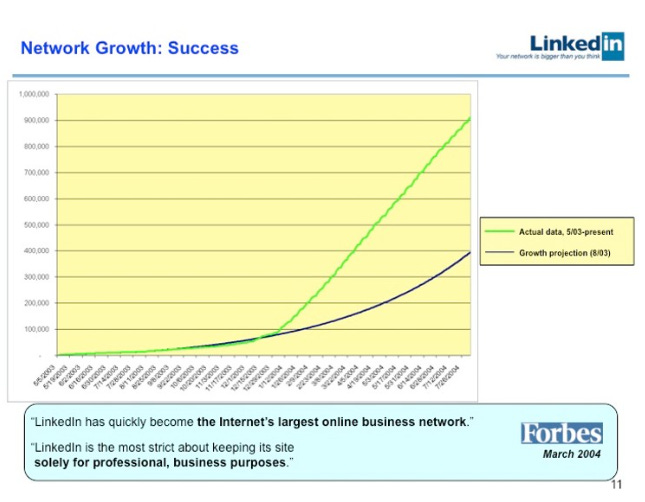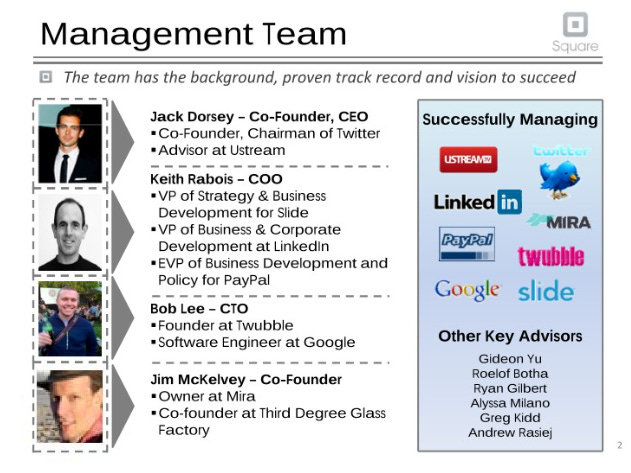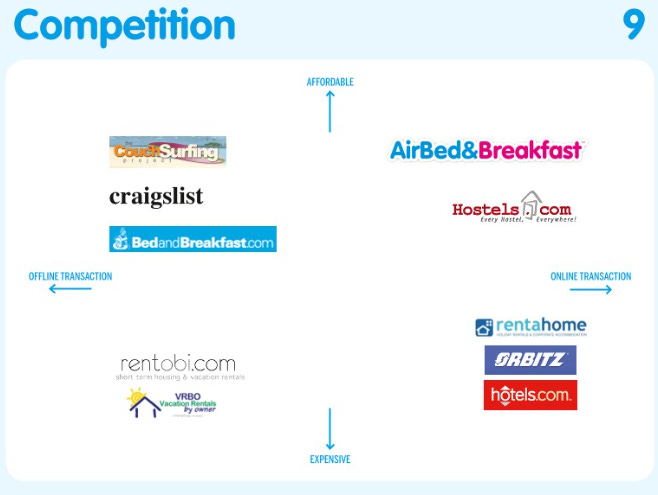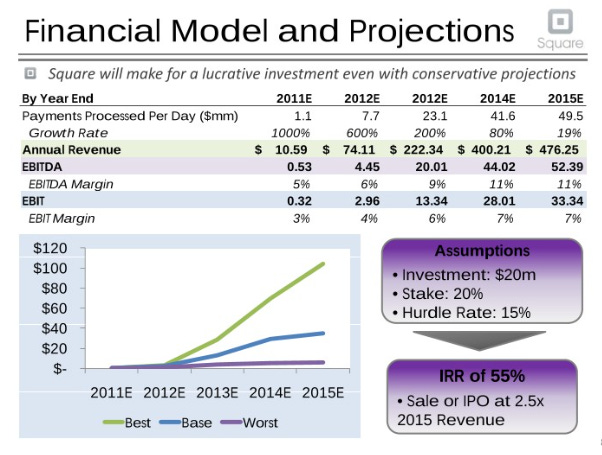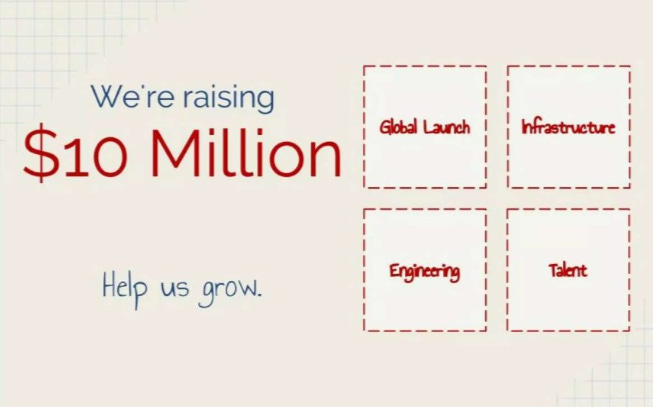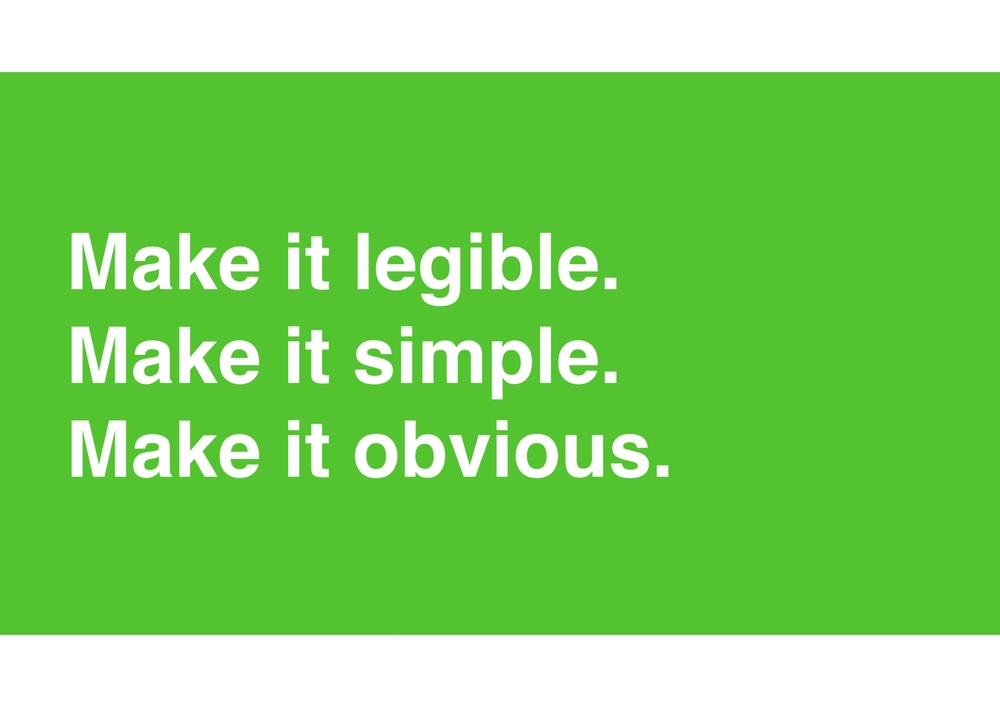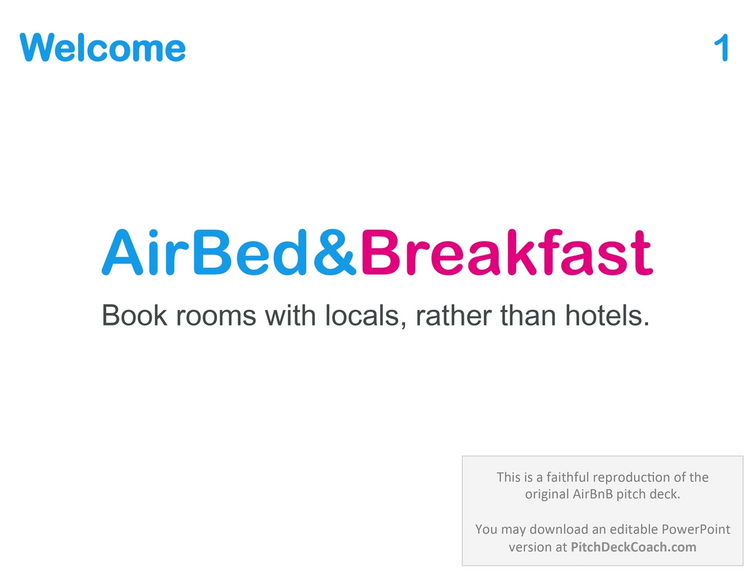📝A step by step guide to build the perfect pitch deck
This will increase your chances of getting funded.
👋 Hey everyone, I’m Hugo Rauch, the writer of this newsletter and my goal is to help founders accelerate their growth and successfully fundraise. This week, I’m publishing a free step-by-step guide to build the perfect pitch deck.
This newsletter is brought to you by OpenVC.
OpenVC is a free fundraising platform used by 10,000 founders and 5,000 investors (VCs, angels, family offices). My favorite features are the fundraising CRM and pitch deck analytics (pass the test after reading this guide!). Use the code: "EXPLORE” to get a 20% discount on OpenVC Premium. 📈🔥
Here is how investors will react to your pitch deck:
What is a pitch deck?
It’s a brief presentation that gives an overview of your startup. Founders use it, as a way to convey their ideas when they need financing. The goal is to get VCs excited.
“Ideas that you can’t clearly communicate to others are useless.”
Why is it important?
There are fewer investors and less capital available than there are startups in need of funding. The pitch deck is your pass to enter the world of venture capital investment.
A checklist to get started ✔️
First, let’s make sure that you are VC fundable:
Are you a scalable business?
Are you addressing a large market?
Do you receive positive signals from customers?
Now let’s get a bit more tactical:
Let’s pick the right slide editor (PowerPoint, Google Slides, Figma, Canva..)
Find three decks that you love (I’ve shared some examples at the end of this newsletter ✨)
Finally, take a pen and paper and draft a table with two columns:
slide titles (I’ll give them to you in a minute)
key talking points for investors
Let’s create your story
Now, we will fill in the piece of paper you have. And give a great structure to the deck.
Let’s go through slide by slide. As you read this, you should pause on each section and fill in the two columns on your piece of paper (slide title + key talking points).
Slide 1: Introduction
🎯Goal: communicate clearly and concisely what your business is offering.
After seeing it, investors should understand what your business is about.
A good intro slide has a logo and a sentence of 6 to 8 words that explains the business. No lingo or complex vocabulary. Make it accessible and simple.
A good example is Airbnb. 👇
Slide 2: Problem
🎯Goal: convince people you are solving for a real pain.
You need to show that people will be willing to pay for your solution. You need to make investors empathize with your target customer. They need to understand the rational, and emotional behavior that would lead to buying a product for this problem.
A good example is Revolut. Look at the slide, we can all relate. 👇
Slide 3: Solution
🎯Goal: present your offering and your unique value proposition.
By now investors understand what your business does. But you should emphasize the uniqueness and benefits of your offering. Talk about what makes your offering valuable to customers, and what makes it unique. Don’t go deep in features.
All you need is to show a simple and scalable solution.
A good example is YouTube. 👇
Slide 4: Market
🎯Goal: convince that your startup has high upsides.
Investors buy the future of your company and the potential results. You want to show the upside. A rule of thumb is that startups should have a chance to return 100x the investment. This is because of VC economics. Therefore, the market should be big enough to support this.
A good example is Square. 👇
Slide 5: Product
🎯Goal: to demonstrate your product.
This is your moment to show your product. It’s time to talk about key features (but don’t go too deep). Here it’s all about making your story visual.
A good example is Quora (that’s one of 3 slides). 👇
Slide 6: Validation and Traction
🎯Goal: give evidence of product-market fit.
If you ace this part of the presentation, you can be sure you’ll get a check signed.
Here you should show KPIs that measures your traction, growth, and path to product-market fit. The best is to concentrate on one or two metrics. For example MRR and Users both in growth % and total value.
A good example is LinkedIn. 👇
Slide 7: Team
🎯Goal: show that you are the right people for the job.
There’s a common saying that a tech startup needs a hacker, a hustler, and a hipster.
Here you should get straight to the point. What experience do you have that proves that you have the necessary skills? Show founder-product fit, show why you are the best for this job.
A good example is Square (they were super strong). 👇
Slide 8: Competition
🎯Goal: clarify your competitive advantages
Don’t be afraid to show your competitors, it proves that you’ve done your research and that there is a market for your product. Clearly explain how your offering is different, and why you have a competitive advantage.
A matrix is often super efficient.
A good example is Airbnb. 👇
Slide 9: Financial projections
🎯Goal: present a financial trajectory of the business.
This depends on the stage of your company.
For post-revenue, make a 3 to 5 years projections. Exponential growth is key to show ambition. You can let the compounding of month-over-month growth achieve big numbers. It’s also a place to express your future capital needs.
A good example is Square. 👇
Slide 10: The Ask
🎯Goal: what do you need and why?
I was about to write something and then I found a slide from Quora. It’s perfect.
Please note that you can add additional slides. For example you could talk about
Your exit Strategy
Strategic Partnerships
Other Investors:
Advisors and mentors
By now, we’re finally ready to run. Open your software of choice and let’s get started with designing the perfect deck.
But before that, don’t forget to share this newsletter with another founder if it is useful.
Let’s craft the perfect design
To design a great deck, I went to check the advice from the best accelerator in the world: Y Combinator. Here is their advice.
I've added my comments on top of the slide to guide you.
In designing your deck aim you should aim for making it legible, simple, and obvious. Avoid anything illegible, complicated or subtle.
Section 1: make it legible
font - use large type, bold text, simple font and contrast
placement - a text followed by an image gives better context
keep only what's relevant - a picture is a tool, not a constraint
Section 2: make it obvious
start by making a simple and legible slide (slide 10)
then make it explicit (slide 11)
then add context (slide 12 or 13)
Section 3: make it simple
keep only what's necessary - slides 15 and 16 have too much information
aim for one idea per slide - slides 17 or 18 are great examples
Congratulations - you’ve just finished the race!
You’ve drafted the perfect pitch deck and you are now ready to pitch to investors.
If you’re still looking for some inspirations, here is my favorite decks alongside great resources to help you build your deck.
💚 My favorite deck - analyzing Airbnb
Here’s the link to the full deck.
What makes this deck perfect in my eyes?
Cover Slide
Simplicity: Just the company name and tagline, avoiding startup jargon.
Clarity: A clear tagline that encapsulates Airbnb’s service and target audience.
Problem Slide
Conciseness: 3 short statements that address the problems Airbnb solves.
Highlighting: Key phrases are bolded to catch attention quickly.
Solution Slide
Value Proposition: Focuses on the benefits to the customer, not just features.
Market Validation
Data-Driven: Uses statistics from Craigslist and Couchsurfing to prove market demand.
Credibility: Provides a real-world context that validates Airbnb’s market opportunity.
Market Size (TAM)
Scope: Emphasizes the vastness of the travel industry with over 2 billion trips booked annually.
Authority: Backs up data with a credible source, reinforcing the market potential.
Product
Simplicity: Breaks down the product functionality into easy-to-understand steps.
Focus: Dedicates individual slides to important product features for better impact.
Business Model
Directness: Clearly states the business model with a one-liner about the commission.
Projection: Shows potential revenue with market capture estimates, highlighting scalability.
Adoption Strategy
Innovation: Describes unique customer acquisition strategies or ‘hacks’.
Competitive Edge: Explains how these strategies are more scalable and profitable than competitors’.
Competition
Clarity: Uses a 2-axis diagram to position Airbnb against competitors effectively.
Differentiation: Visually conveys Airbnb’s affordability and online convenience.
Competitive Advantages
Proactiveness: Anticipates questions and addresses them upfront.
Team
Relevance: Highlights the founding team’s entrepreneurial achievements.
Balance: Provides just enough information to establish credibility.
Press
Validation: Shows that credible sources find Airbnb’s concept interesting enough to feature.
Credibility: Adds another layer of legitimacy through media recognition.
Users Testimonials
Endorsement: Uses customer reviews to confirm the product’s value propositions.
Selection: Chooses impactful testimonials that speak to the core benefits of Airbnb.
Financial
Discretion: Advises caution with financial disclosures, suggesting a two-step approach for sharing details.
Clarity: Outlines the fundraising efforts and the ‘ask’ in a straightforward manner.
📃Resources
I spent a lot of time recently reviewing pitch deck resources to write this article. Here is a list of documents that can help you craft the perfect deck. 👇
🎨 Inspiration
➤ YouTube first pitch deck
https://lnkd.in/e_3HkzU5
➤ Quora's Series A pitch deck
https://lnkd.in/e2WATN2m
➤ Square First pitch deck
https://lnkd.in/e2YWnnAf
➤ Dropbox's pitch deck
https://lnkd.in/ePcM7Mwq
➤ LinkedIn’s Serie B pitch deck
https://lnkd.in/ePcM7Mwq
➤ Coinbase’s pitch deck
https://lnkd.in/ePcM7Mwq
➤ Uber’s pitch deck
https://lnkd.in/ePcM7Mwq
🧠 Resources
➤ Sequoia pitch deck template
https://lnkd.in/edsa78YQ
➤ Seed deck template by YC
https://lnkd.in/ebatde-k
➤ Designing a pitch deck by YC
https://lnkd.in/eWdjUT2y
➤ Y Combinator series A guidelines
https://lnkd.in/eCcrpbx9
➤ A slide you must add to your pitch deck
https://lnkd.in/e5ySkJS5
➤ Storytelling template to build your pitch deck
https://linkd.in/hugorauch_pitch-deck-story-telling-template
If this was useful share this newsletter with another founder. And please reach out if you have any questions!
Hugo 👋






